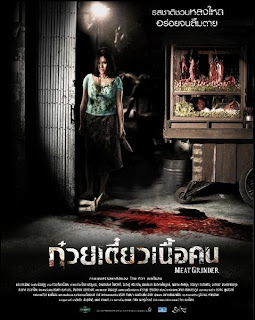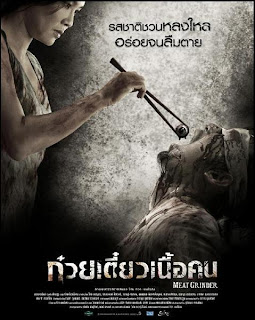The Haunting in Connecticut: First Preview
The Haunting in Connecticut is based on the story of the Snedeker family's alleged encounter with the paranormal. The story was also featured in the book In A Dark Place by Ray Garton and an episode of the Discovery Channel series A Haunting. The film was directed by Peter Cornwell and filmed in Teulon, Manitoba, Canada.
The horrifying tale begin when Sara (Virginia Madsen) and Peter (Martin Donovan) Campbell's son Matt (Kyle Gallner) is diagnosed with cancer, they uproot their family to a home in Southington, Connecticut where they would be near a hospital for his treatment. As the family settles into their new home, which turns out to be a former mortuary, Matt grows increasingly disturbed by paranormal activity that seems to inhabit and possess the house. At a loss to help her frightened family, his mother turns to an enigmatic priest (Elias Koteas) who appears to rid the house of its ghosts-- until the boy's condition takes a sudden and unexplained turn for the worse and their lives are put in grave danger.
(Continue the Trip)
The horrifying tale begin when Sara (Virginia Madsen) and Peter (Martin Donovan) Campbell's son Matt (Kyle Gallner) is diagnosed with cancer, they uproot their family to a home in Southington, Connecticut where they would be near a hospital for his treatment. As the family settles into their new home, which turns out to be a former mortuary, Matt grows increasingly disturbed by paranormal activity that seems to inhabit and possess the house. At a loss to help her frightened family, his mother turns to an enigmatic priest (Elias Koteas) who appears to rid the house of its ghosts-- until the boy's condition takes a sudden and unexplained turn for the worse and their lives are put in grave danger.













